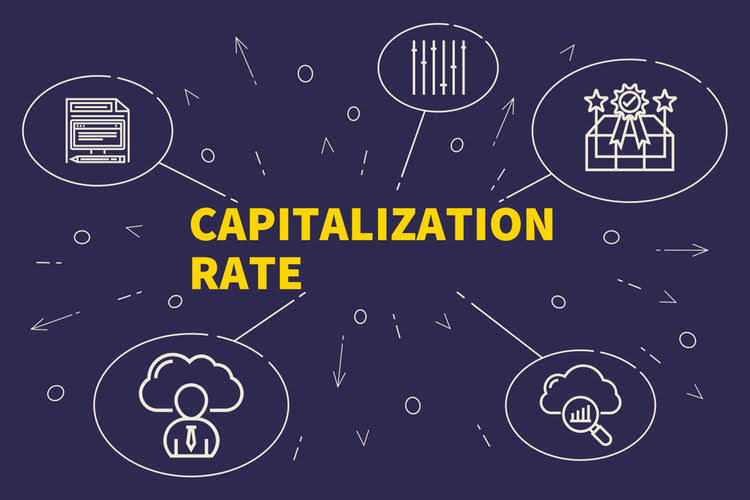
So, every dollar of revenue an organization generates increases the overall value of the organization. Let’s continue our exploration of the accounting equation,focusing on the equity component, in particular. Recall, too, thatrevenues (inflows as a result of providing goods and services)increase the value of theorganization. So, every dollar of revenue an organization generatesincreases the overall value of the organization. Among these, one customer with a $5,000 wants to convert the balance to a note receivable.
Create a free account to unlock this Template
Notes receivable also arise when a business lends an amount to another party against a documented promise to pay it back. When a note receivable is considered impaired, the company must recognize an impairment loss, which reflects notes receivable current or noncurrent a decline in the anticipated cash flows from the note. Impairment may occur due to a variety of factors, such as the borrower’s deteriorating financial condition, which casts doubt on their ability to make payments.
Interest Rate Calculation on Notes Receivable
If a borrower fails to repay the note, the company may need to write off any notes receivable that are deemed uncollectible. For example, if a company holds a note that is 10% interest, this will also be reflected on the balance sheet alongside the principal amount. Examples of noncurrent assets include notes receivable (noticenotes receivable can be either current or noncurrent), land,buildings, equipment, and vehicles. An example of a noncurrentliability is notes payable (notice notes payable can be eithercurrent or noncurrent). As discussed earlier, a note (also called a promissory note) is an unconditional written promise by a borrower to pay a definite sum of money to the lender (payee) on demand or on a specific date. A customer may give a note to a business for an amount due on an account receivable, or for the sale of a large item such as a refrigerator.
What Are Common Examples of Noncurrent Assets?
Like amortization, depreciation is an accounting method where the cost of a tangible asset is likewise spread out over the course of its useful life. For this reason, a rule created by the International Accounting Standards Board mandates that the depreciation of a noncurrent asset must be itemized as an expense on a company’s financial statements. As an ancillary effect, depreciation helps companies budget their resources so that they don’t have to a shell out a lump-sum of cash when they first purchase big-ticket items. Noncurrent assets include a variety of assets, such as fixed assets, intellectual property, and other intangibles.
Understanding Notes Receivables
See Analyzing and Recording Transactions for a more comprehensive discussion of analyzing transactions and T-Accounts. The format of this illustration is also intended to introduceyou to a concept you will learn more about in your study ofaccounting. Notice each account subcategory (Current Assets andNoncurrent Assets, for example) has an “increase” side and a“decrease” side.
This calculation does not reflect implied monthly subscription and support revenue for new customers added during the one-year period but does include the effect of customers who terminated during the period. BlackLine believes that dollar-based net revenue retention rate is an important metric to measure the long-term value of customer agreements and the Company’s ability to retain and grow its relationships with existing customers over time. These represent Exxon’s long-term investments, like oil rigs and production facilities that come under property, plant, and equipment (PP&E). The portion of ExxonMobil’s balance sheet pictured below from its 10-K 2021 annual filing displays where you will find current and noncurrent assets.
Notes Receivable in the Balance Sheet
The placement of notes receivable on the balance sheet provides insight into the timing of future cash inflows, which is valuable information for investors and creditors. Notes receivable are written promissory notes that obligate a borrower to pay the lender a specified sum of money, either on demand or at a predetermined future date. They arise from a variety of transactions, such as loans to customers or the sale of goods and services on credit terms. It should be a legal, binding agreement, and the collection of the amount due must be reasonably assured.
- Interest income from notes receivable is a critical component of a company’s earnings, reflecting the profitability of extending credit.
- They may also include money owed on theseassets, most likely vehicles and perhaps cell phones.
- In the case of a student loan, there may be a liability with no corresponding asset (yet).
- In accounting, we classify assets based on whether or not the asset will be used or consumed within a certain period of time, generally one year.
- The Company is the pioneer of the cloud financial close market and is recognized as the leader by customers at leading end-user review sites including G2 and TrustRadius.
- At Taxfyle, we connect small businesses with licensed, experienced CPAs or EAs in the US.
It is important to understand the inseparable connection betweenthe elements of the financial statements and the possible impact onorganizational equity (value). We explore this connection ingreater detail as we return to the financial statements. Finally, at the end of the 3 month term the note receivable is honored by the customer together with the accrued interest, and the following journal completes the transaction.

What is the difference between an accounts receivable and a notes receivable?

Sometimes a company receives a note when it sells high-priced merchandise; more often, a note results from the conversion of an overdue account receivable. When a customer does not pay an account receivable that is due, the company may insist that the customer give a note in place of the account receivable. This action allows the customer more time to pay the balance due, and the company earns interest on the balance until paid. Also, the company may be able to sell the note to a bank or other financial institution. Noncurrent assets are depreciated to spread their costs over the time they are expected to be used.
Financial Release
If notes are easily transferable or can be used as collateral for financing, they enhance a company’s liquidity position. In contrast, notes with restrictive covenants or those tied to complex transactions may be less liquid. Understanding these nuances helps stakeholders assess the company’s liquidity risk and informs their investment or lending decisions.

